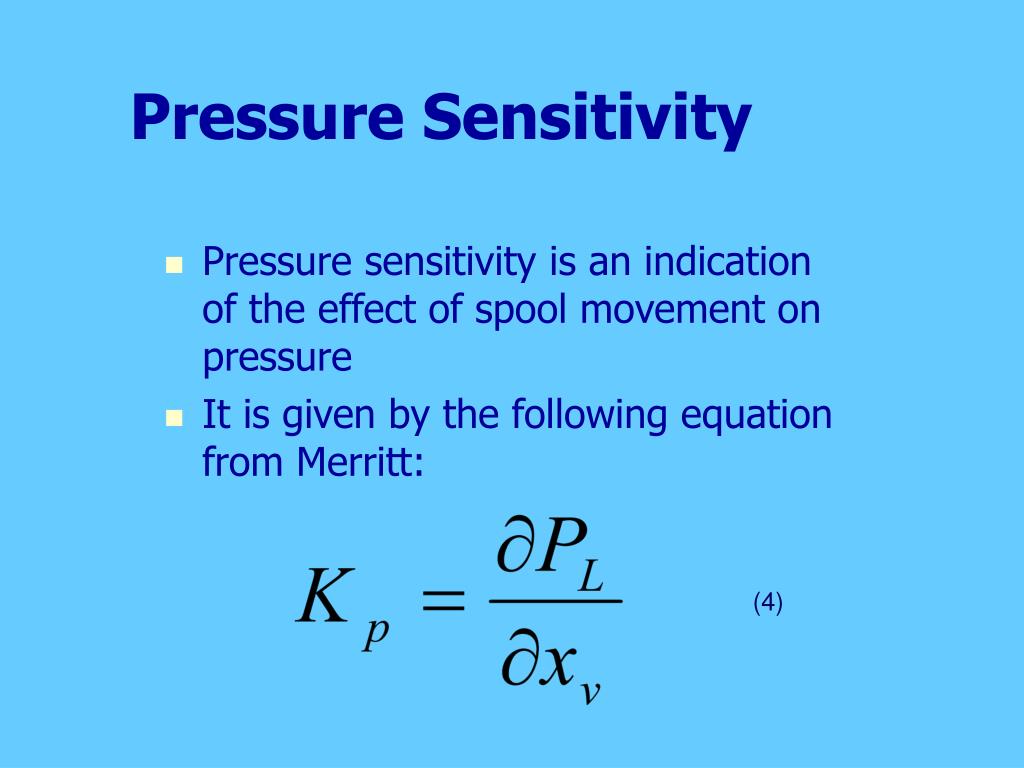
Ok, I stop useless rant here, because getting more 'level of pressure' can't hurt and even can be a good thing, it's not really something important, in my opinion. ( I bet soon we will have to count this in MP or GP, MegaPressure or GigaPressure ). and Wacom also did it starting with 512 then 1024 then 2048 level of pressure. Easy :-) How many pressure level needed ?Ī common marketing bullshit strategy is to sell with upgrading any specifications numbers. Our software, here 'Krita' digest those values and according to the brush preset selected and settings interpret a stroke on the canvas. So, the little spring linked to a sensor inside our stylus 'hear' how much pressure is done, and return a value. With a Wacom stylus it's different : we are not going to crease the surface of our tablet, or lay down any ink. The resulting stroke is thinner and even often light-grey.Ī ballpen 'made in France' and real life pressure example However, when the pressure is low, the ball have difficulties to roll or getting contact to the surface of the paper, making 'ghost' holes in the stroke, and revealing the texture of the paper. So, when receiving high pressure, the ball tip of the ball-pen crease the paper and flatten it, making easier the ink deposit process and creating larger and darker lines. Pressure also exist in traditional media, this ball-pen ( photo under ) have variations of stroke size and opacity depending the pressure.


#Does easycanvas have pressure sensetivity software
This value helps software as Krita, Gimp or Mypaint to give extra feeling to the traditional tools. In a nut-shell : the more you press on the tip, the more high value will be transmitted to your computer. The pressure value - in digital painting - is driven by a sensor inside your stylus in contact to your stylus tip. Ignoring this, make them struggle when changing of tablet hardware, have not consistent glazing ability and poor digital freehand line qualities. I often see a lot of digital-painters ignoring this step. Indeed, I often start my talks with a brief "how-to calibrating correctly the pressure" session. If you were my student, or attended one of my workshops or conferences this tutorial will probably sound familiar to you. Thank you for reporting spam and other rule-breaking content.Update: Spanish version available on Chalo Blogg. If you have any suggestions regarding subreddit or community improvements, you can message the moderators at any time. Exceptions may be made and the final say goes to the moderators. Self-Promotion is prohibited unless posted and presented as self-promotion, and only in the General Discussion Thread.Out-of-topic content or content that isn't directly related to iPads will be removed.Any request to remove MDM or otherwise break into devices will be removed.Jailbreaking talk goes in /r/jailbreak, sideloading talk goes to /r/sideloaded.Posts soliciting the purchase, sale or donation of iPads, Apple Store credits, or UDID registrations are better suited to Craigslist or other sites."Title-only" posts aren't allowed either. Simple photos of an iPad don't deserve their own post unless they showcase a third-party accessory, same goes for simple yes or no questions. We expect links and self-posts to foster discussion, and to have substance.



 0 kommentar(er)
0 kommentar(er)
